Exploring the Benefits of Internal Doors with Glass in Modern Home Design
 In contemporary home design, the integration of internal doors with glass has emerged as a prominent trend, highlighting a shift towards more open and airy living spaces. According to a report by the American Institute of Architects, residential projects increasingly favor designs that include glass elements, with a notable 25% increase in demand for transparent materials over the last five years. This evolution not only promotes natural light flow but also enhances visual connectivity between different areas of the home, which is particularly appealing in open-plan layouts. Furthermore, research from the National Association of Home Builders indicates that homeowners are willing to invest more in features that elevate both aesthetics and functionality, making internal doors with glass an attractive choice. By leveraging these benefits, modern designs not only create visually stunning environments but also enhance the overall living experience, calling for a fresh examination of how glass can redefine space in our homes.
In contemporary home design, the integration of internal doors with glass has emerged as a prominent trend, highlighting a shift towards more open and airy living spaces. According to a report by the American Institute of Architects, residential projects increasingly favor designs that include glass elements, with a notable 25% increase in demand for transparent materials over the last five years. This evolution not only promotes natural light flow but also enhances visual connectivity between different areas of the home, which is particularly appealing in open-plan layouts. Furthermore, research from the National Association of Home Builders indicates that homeowners are willing to invest more in features that elevate both aesthetics and functionality, making internal doors with glass an attractive choice. By leveraging these benefits, modern designs not only create visually stunning environments but also enhance the overall living experience, calling for a fresh examination of how glass can redefine space in our homes.
Benefits of Natural Light: Enhancing Atmosphere with Glass Internal Doors
In modern home design, the integration of glass internal doors plays a significant role, especially when it comes to enhancing the flow of natural light throughout a space. By incorporating these transparent elements, homeowners can create brighter environments that promote a more inviting and open atmosphere. Unlike solid doors that can make spaces feel enclosed, glass doors allow light to travel freely, illuminating dim corners and reducing reliance on artificial lighting during the day.
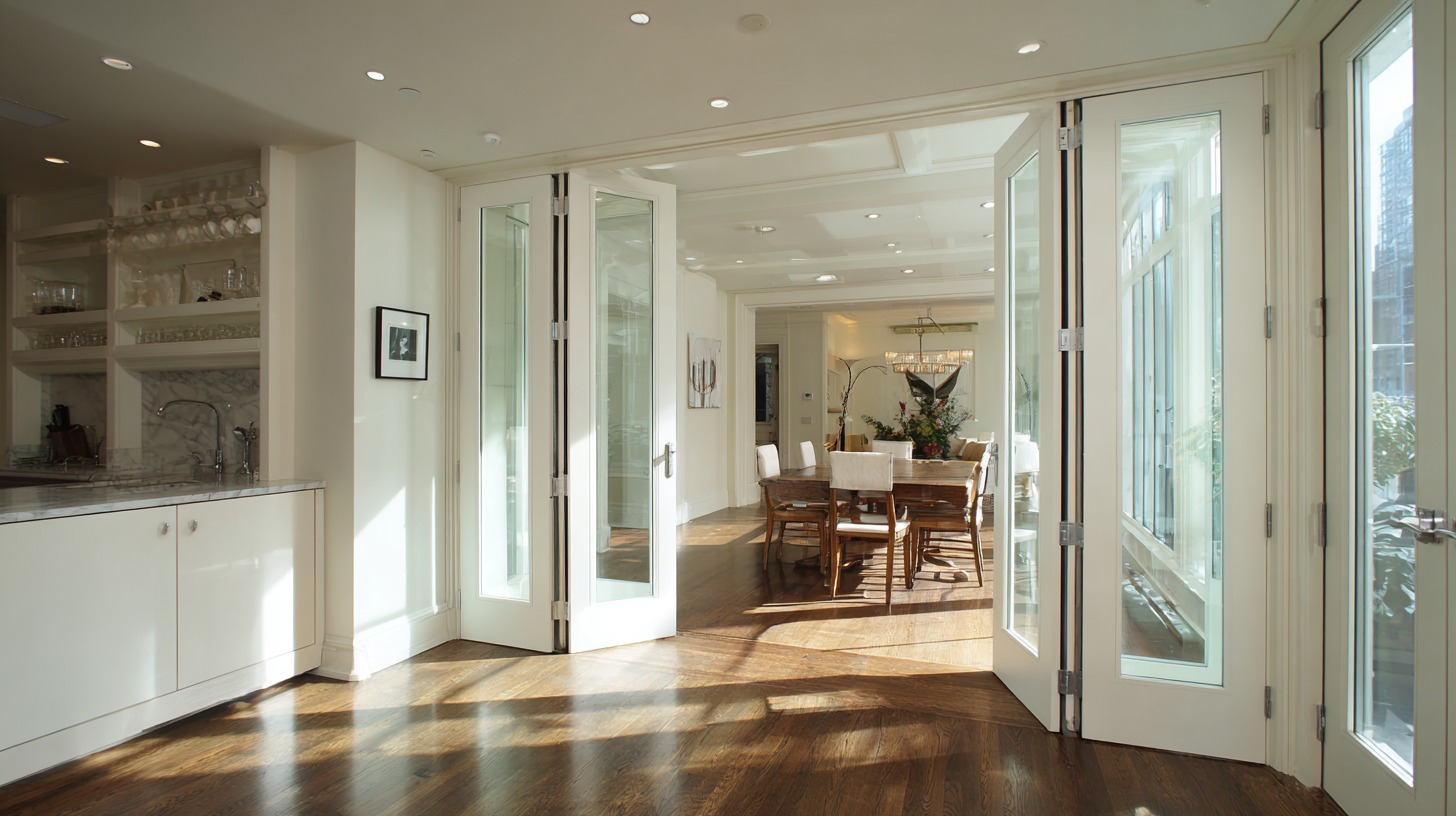
Moreover, the benefits of natural light extend beyond mere aesthetics. Exposure to sunlight not only contributes to a sense of spaciousness but also positively impacts mood and well-being. Studies have shown that natural light can increase productivity and improve mental health, making it an essential factor in home design. Glass internal doors can also act as a design feature that connects different areas of the house while maintaining distinct spaces, further enhancing the overall experience of living environments.
Creating a Sense of Space: How Glass Doors Open Up Interiors
In modern home design, internal doors with glass are gaining popularity for their ability to create a sense of space. By incorporating glass panels into interior doors, homeowners can enhance the overall ambiance and flow of their living areas. According to a recent design survey, 70% of homeowners expressed a preference for open layouts that maximize natural light and visual connectivity between spaces. Glass doors effectively support this desire by allowing light to filter through while providing a sense of separation that underlines the distinct functionalities of different areas.
Moreover, the use of glass doors can transform the way we perceive our homes. A lookbook compiled on striking pivot doors highlights that these types of doors not only serve as functional entryways but also act as focal points that elevate the design of interiors. Designers recommend that incorporating glass elements can make rooms feel larger and more cohesive, especially in open-floor-plan layouts. This approach aligns with findings that suggest homes designed with fluid transitions between spaces lead to improved comfort and enjoyment for inhabitants, making interior doors an essential consideration in modern home aesthetics.
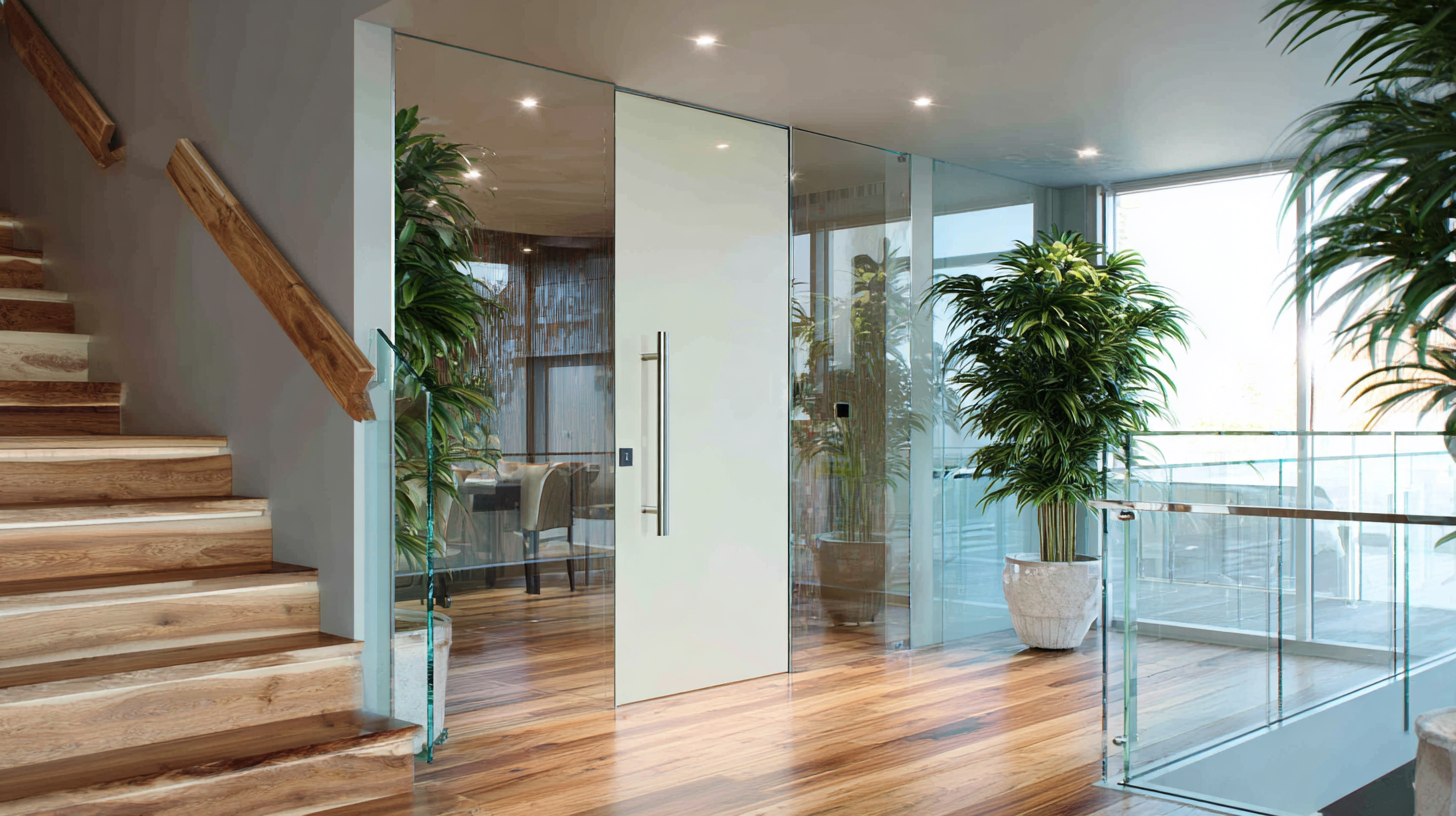
Design Versatility: Integrating Glass Doors into Various Home Styles
In modern home design, integrating glass doors offers remarkable design versatility, allowing homeowners to seamlessly blend aesthetics with functionality. Whether in a minimalist loft or a cozy cottage, glass doors can enhance the overall appeal by introducing an airy feel and a connection to the outdoors. They serve as stunning focal points in contemporary settings while also complementing traditional architectural styles, enriching spaces with natural light and visual transparency.
In a Scandinavian-inspired home, frosted glass doors provide privacy while maintaining an open atmosphere, making them ideal for home offices or bedrooms. Conversely, in industrial-style lofts, large, framed glass doors can accentuate the space’s raw charm, differentiating areas without sacrificing light. Additionally, pairing glass doors with different materials like wood or steel allows homeowners to personalize their spaces, ensuring that these elements harmoniously reflect their tastes and lifestyle. This versatility demonstrates that glass doors are not merely functional elements; they are integral to achieving a coherent and stylish home design.
Improving Acoustic Privacy: Balancing Openness and Sound Control
In modern home design, the integration of internal doors with glass is increasingly popular, particularly for enhancing acoustic privacy. The balance between openness and sound control is crucial, as studies indicate that nearly 70% of people find noise distraction a significant issue in open-plan spaces. Internal doors with glass panels can provide an elegant solution, allowing natural light to flow while effectively reducing noise levels when closed. According to the Acoustic Society of America, using well-designed glass doors can reduce sound transmission by up to 50%, striking a harmonious balance between privacy and connectivity in living areas.
Tips for maximizing acoustic privacy with glass doors include opting for double-glazed panels, which offer superior sound insulation compared to single-glazed options. Additionally, consider incorporating sound-absorbing materials around the door frame or in the surrounding decor to further minimize noise interference. Proper installation is also key; ensure that the doors fit tightly to eliminate gaps that may allow sound to seep through, thus maintaining a peaceful environment.
Lastly, strategically placing these glass doors in areas of high traffic, such as between living rooms and home offices, can help contain sound effectively. This not only enhances your acoustic comfort but also contributes to a more aesthetically pleasing design, making your home both functional and inviting.
Exploring the Benefits of Internal Doors with Glass: Improving Acoustic Privacy
Energy Efficiency: How Glass Doors Can Help With Home Insulation
In modern home design, the integration of glass in internal doors is not just an aesthetic choice; it also plays a significant role in enhancing energy efficiency. According to the U.S. Department of Energy, properly designed glass doors can contribute to reducing heat loss during winter and minimizing cooling costs during summer by providing a barrier against outdoor temperatures. Energy-efficient double or triple-glazed glass doors are particularly effective, as they can significantly decrease the amount of energy needed for heating and cooling, making homes more comfortable and sustainable.
Moreover, studies indicate that homes equipped with energy-efficient glass installations can achieve energy savings of up to 30%. This not only translates to reduced utility bills for homeowners but also contributes to a lower carbon footprint. The strategic placement of glass doors can maximize natural light while ensuring that insulation properties are maintained, thus promoting a more environmentally friendly living space without compromising on design. This balance between functionality and aesthetic appeal underscores the growing trend of incorporating glass into internal doors in modern homes.
Exploring the Benefits of Internal Doors with Glass in Modern Home Design - Energy Efficiency: How Glass Doors Can Help With Home Insulation
| Aspect | Description | Benefits |
|---|---|---|
| Energy Efficiency | Glass internal doors can reduce energy consumption by allowing natural light to enter spaces. | Lower energy bills due to reduced reliance on artificial lighting. |
| Insulation | Modern glass doors often have insulation features that improve thermal performance. | Enhanced home comfort and stable indoor temperatures. |
| Aesthetic Appeal | Glass doors add a modern look and feel to interiors, enhancing the overall design of a home. | Increased home value and visual appeal. |
| Space Perception | Glass doors create an illusion of more space by allowing light to flow between rooms. | More open and airy feel in smaller spaces. |
| Noise Reduction | Certain types of glass doors can help reduce sound transmission between rooms. | Increased privacy and reduced noise pollution. |
Related Posts
-

Transform Your Home: The Ultimate Guide to Choosing White Internal Doors for Every Room
-
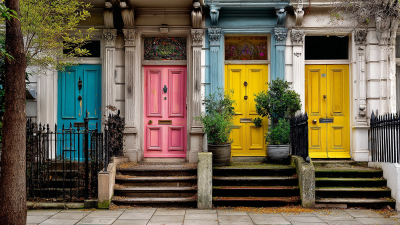
How to Choose the Perfect Victorian Front Door: Essential Tips and Trends for Lasting Appeal
-
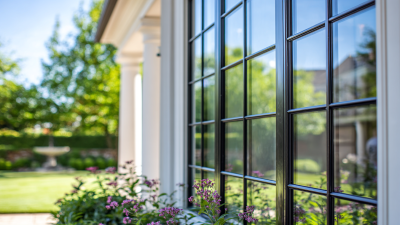
Expert Door Fitters Transform Your Home with Customized Solutions and Unmatched Quality
-
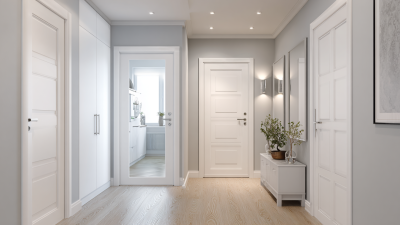
5 Essential Tips for Choosing the Perfect White Internal Doors
-
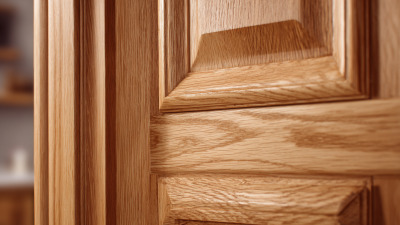
Exploring the Growth of Solid Oak Doors Market at the 138th Canton Fair in 2025
-
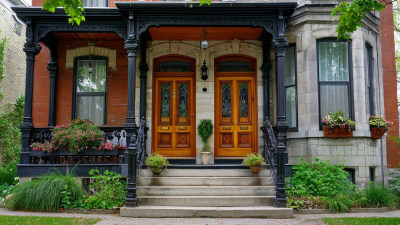
Exploring the Timeless Elegance of Victorian Front Doors for Modern Homes
